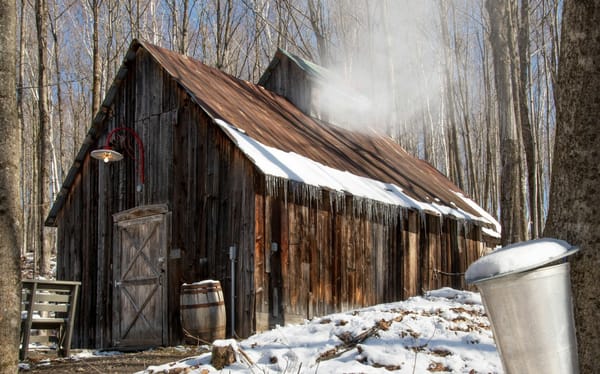Hybrid, relational, dynamic – Space as a social practice
Doreen Massey helped me "see" learning spaces differently

Author's note: The bulk of this post is a distillation of a portion of my dissertation. If you don't mind occasionally hearing some quick connections to Tapestry, the foster youth mentoring ministry I partnered with to conduct the study, then you might enjoy listening instead. Here's a direct link to Chapter II, Break 1.
**
[S]pace is not a flat surface across which we walk. Raymond Williams talked about this. You’re taking a train across the landscape. You’re not traveling across a dead, flat surface that is space. You’re cutting across a myriad of stories going on. So instead of space being this flat surface, it’s like a pin cushion of a million stories. [source]
Of all the researchers and thinkers I studied as a part of my dissertation work, none has made a more enduring impact on how I see learning, worship, governance, and just about every other task for which people of faith get together than Doreen Massey in her book, For Space.
For Massey, space unfolds in a manner not so dissimilar from how many of us think of time unfolding. But the mechanism for that dynamism and change is relationships. It’s differences rubbing up against each other. And so the unfolding is doesn’t happen in a straight line. It’s branched and interconnected between various narrative points of departure as our train cuts through the countryside, or the city, and its many stories.
Space is a social practice, Massey says, a [quote] “simultaneity of stories-so-far” (p. 9). In a real sense, gatherings of the faithful ARE our stories, plural. Like the subject of a cubist painting, you can’t see the thing itself in its wholeness. You can only try to imagine the wholeness as you glimpse it from a series of simultaneous angles and narrative perspectives.
Massey says the “dimension” of space has three characteristic aspects. First off, it’s relational: “constituted through interactions, from the immensity of the global[] to the intimately tiny” (p. 9). The Tapestry volunteer training is so interactive because it’s trying to give participants practices for holding space through interactions.
Second, for Massey space is hybrid, a [quote] “sphere … of coexisting heterogeneity” (p. 9) [unquote]. Space is particular, distinctive people, hanging out together. Joining Tapestry is all about a willingness to be part of what we heard Massey call a “pin cushion” of stories, what Latour calls a network or work-net of connections and interactions.
Finally, Massey’s idea of space is dynamic, “always under construction.” Space is borne forth in each moment by [quote] “material practices which have to be carried out” (Massey 2005, p. 9). At their best, people “practicing space” together don’t know where they’re heading. Here again, remember Latour’s mantra: no group, only group formation.
**
OK, but so what? This is all very interesting, you might say, but how ?does seeing space more like a caring group than a Cartesian grid make me a better teacher or leader? Well, Massey's dimensions of space translate pretty neatly and memorably into some principles for group facilitation.
Here's an exercise: think about the last gathering you participated in that felt disconnected, tense, pointless, or stuck. Ask yourself why that might have been.
Now try to see the shortcoming or missed opportunities through one or more 0f the dimensions by which Massey would have us understand the space your group convened.
- Did the leader or a dominant participant suck up all the oxygen in the room and prevent people from getting the chance to really hear each other?
- Did the facilitator or leadership team proceed based on faulty assumptions, overestimating the level of consensus?
- Did the conversation surface interesting understandings of a problem but break up before the group could ponder how this new knowledge might contribute to an improved way forward?
Whenever you're convening a learning space, or really any kind of gathered activity, you could do worse than to weave the specific goals of your gathering onto this Massey-inspired framework:


